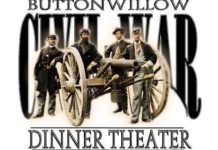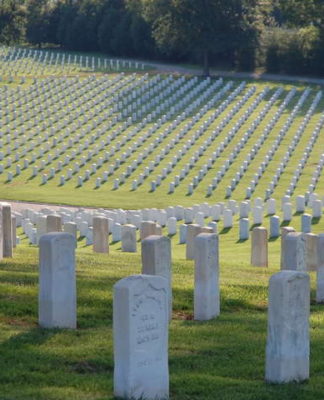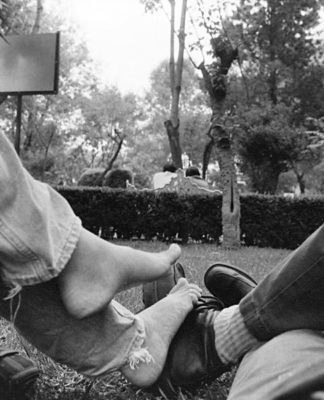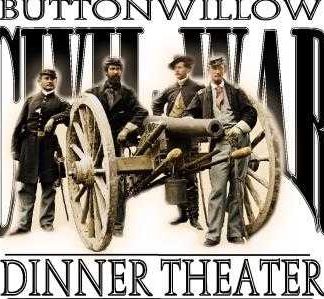| There were two battles, which occurred between November 23 and November 25, 1863. |
| The battles took place in and around Chattanooga, Tennessee. |
| The Union troops were led by Major General Ulysses S. Grant and General George H. Thomas. |
| The Confederate troops were under the command of General Braxton Bragg and Lieutenant General William Hardee. |
| The Union won the Battles of Chattanooga. |
| This was Grant’s final action in the Western Theater. After this, he moved on to the Eastern Theater and took on Robert E. Lee’s Army of Virginia. |
| The Union had lost the Battle of Chickamauga in September 1863 and retreated to Chattanooga. They tried to reorganize before Braxton’s troops arrived. |
| Braxton’s Confederate Army of Tennessee managed to disrupt Union supply lines, reducing the amount of rations available to the men and causing half of their horses to die of starvation. |
| Although Chattanooga was a small town, it was an important transportation hub in the South. |
| On November 23, Thomas’s troops seized Orchard Knob while Major General William T. Sherman’s troops initiated a surprise assault on Braxton’s right flank at Missionary Ridge. |
| On November 24, Major General Joseph Hooker’s troops won the Battle of Lookout Mountain. |
| On November 25, in support of Sherman’s assault on Missionary Ridge, Thomas’s army tried to distract Braxton’s army by advancing on the center of his line. Due to some confusion in orders, the Union was able to advance all the way to the top of Missionary Ridge, beyond their orders, and forced the Confederates to retreat to Dalton, Georgia. |
| The Union had about 5,800 casualties and the Confederates had approximately 6,700 casualties. |
| Confederate President Jefferson Davis was so unhappy with the performance of Braxton’s troops that he relieved Braxton of his command after the battles. |
| The victory allowed the Union to move into the Deep South and take over the city of Atlanta. |






































You can definitely see your skills in the paintings you write. The sector hopes for even more passionate writers such as you who aren’t afraid to say how they believe. Always follow your heart.
Thank you!